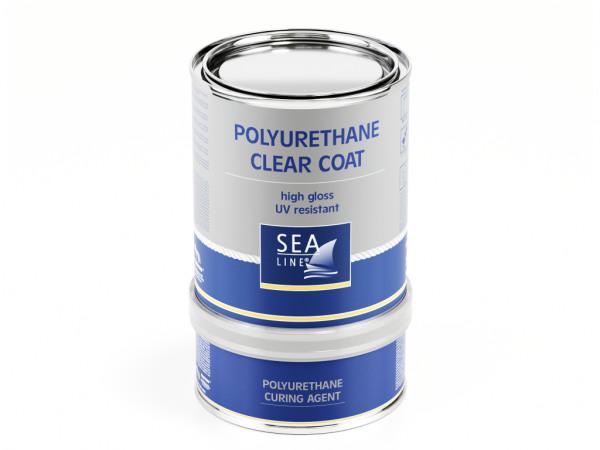
SMALTI POLIURETANICI Sea-Line®
| Tipo | legno OPZIONALE – laminazione | ||
| Posto | sopra la linea di gallegg | ||
| OPZIONALE – sotto la linea di gallegg | |||
| Utilizzo | Smalto alta qualità Top coat lucido OPZIONALE – legno primer | ||
| Tipo di applicazione e diluizione | Si | ||
| diluente per poliuretanici per applicazione a pennello / rullo | Diluente per poliuretanici per applicazione a spruzzo | ||
| Primer | 15 ~ 20 % | 15 ~ 20 % | |
| High gloss top coat | 0 ~ 5 % | 0 ~ 20 % | |
| Resa teorica 1l | 12÷13 m2 75 μm WFT/ 39 μm DFT | ||
| Numero di mani | Primer | 2 ~ 3 | |
| High gloss top coat | 2 ~ 4 | ||
| Durata della miscela a 20°C | 3 ore | ||
| Intervallo tra applicazioni senza carteggiare a 20°C | min 20 m. | ||
TRANSPARENTE
Manualmente :
Spruzzo :
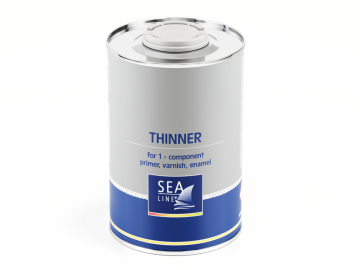
It is very important to use paint thinners, which provide the appropriate parameters of paint – flow, pot life, time […]
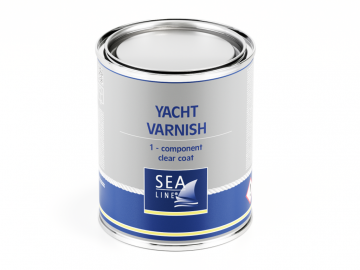
1 – component synthetic transparent clear coat. Recommended above waterline, exterior and interior. Recommended for wooden boats. Excellent flow, UV-stability […]
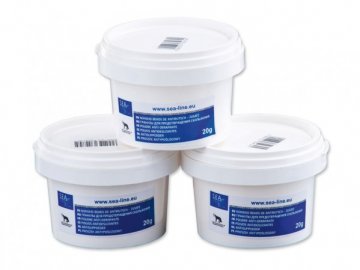
DESCRIZIONE DEL PRODOTTO: GRANIGLIA ANTISCIVOLO è una graniglia da aggiungere agli smalti poliuretanici per creare superfici antiscivolo. INFORMACIONI DI BASE : […]
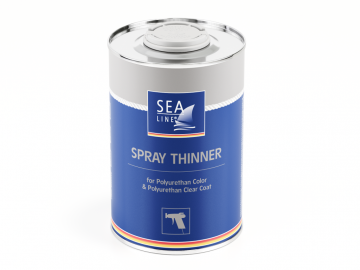
DILUENTE PER SMALTI POLIURETANICI COLORATI E TRASPARENTI PER APPLICAZIONE A SPRUZZO DESCRIZIONE DEL PRODOTTO: che conferiscono al prodotto le giuste […]
There is a possibility of thinning antifouling, but we do not recommend this procedure due to the risk of reducing the effectiveness of the paint. If it is necessary to thin the antifouling paint, it is recommended to dilute it to a maximum of 0-5% (by volume).

Il patch e compensare le irregolarità derivanti da danni durante la produzione

Barca protezione superficiale contro l’influenza di azioni distruttive di osmosi e la corrosione in ambienti difficili

Protezione contro l’acqua e contro gli effetti negativi delle radiazioni UV

Proteggere la parte inferiore della barca prima-tedesco ricoperta di alghe e conchiglie. La prevenzione dell’azione di acqua.

Rimozione efficace di ritenzione graffi, di aggiornamento e il colore del mantello gel o lacca

Laminazione, incollaggio e tappatura perdite

Per il riempimento di piccole fessure e ubyt gemme in gelcoat

Una gamma di prodotti utili quando si lavora costruttore di barche